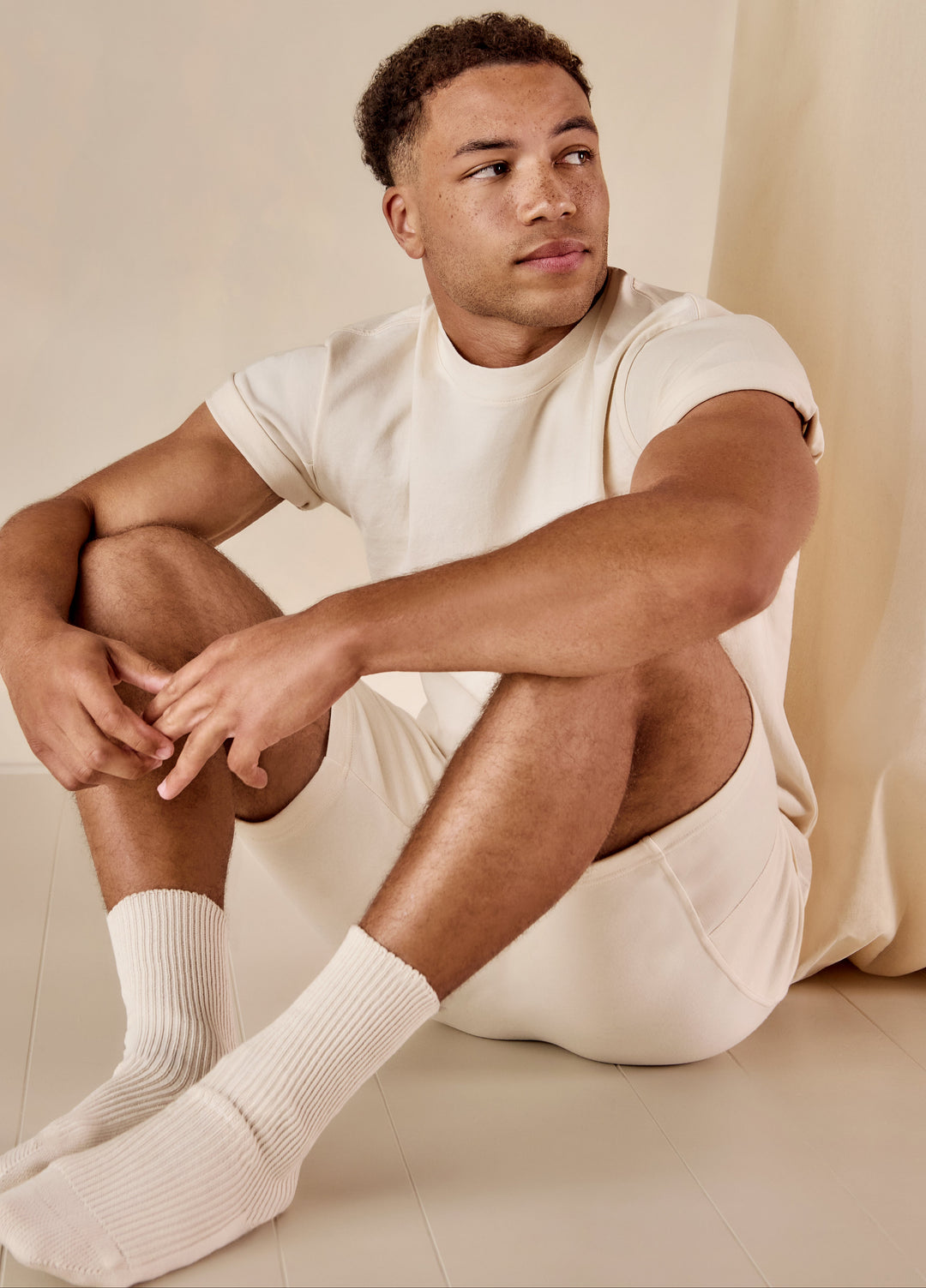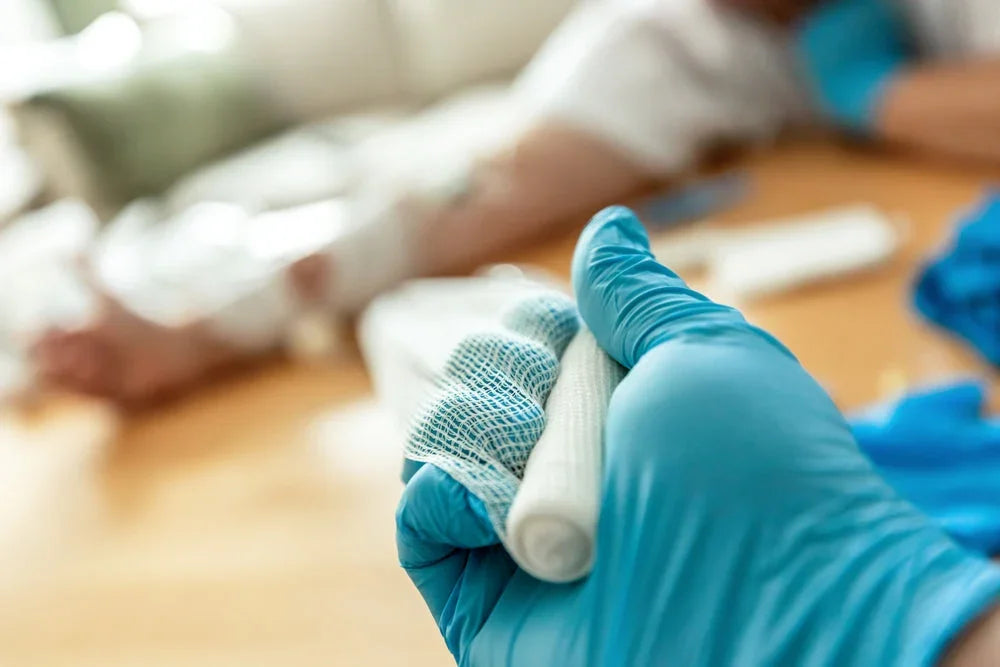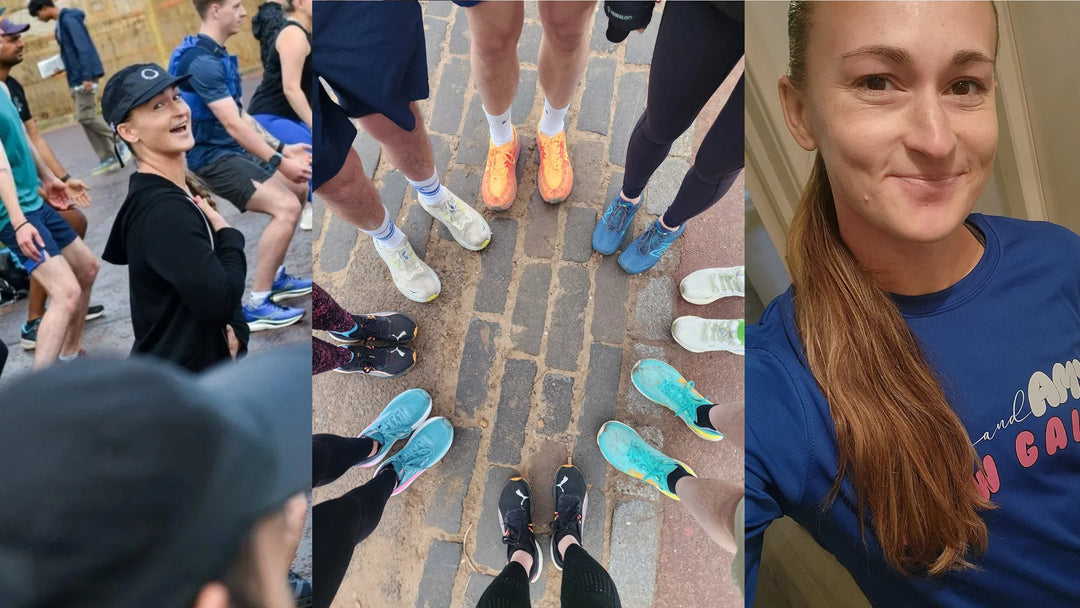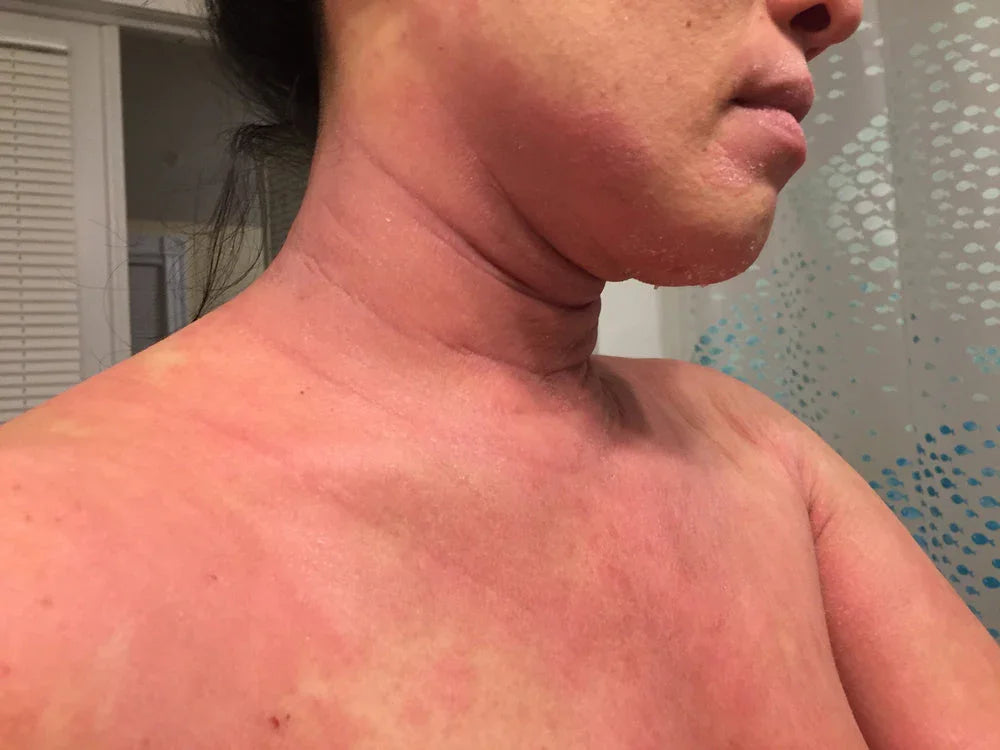What You Should Know About Bedsores: Risks, Prevention, and Care Tips
Bedsores, or pressure ulcers, usually develop in people confined to their beds or with limited mobility. If not adequately addressed, they can lead to serious health issues. It’s important to learn what causes them, the risk factors, prevention strategies, and what patients can wear to alleviate symptoms and prevent their skin from breaking down.
It is estimated that 2.5 million Americans develop bedsores each year. There was a misconception before that only older adults develop these, since they are always confined to their beds. Nevertheless, it’s been proven that bedsores can develop in anyone, regardless of age, especially if an individual has a health condition that limits mobility.
If you’re a caregiver, a patient, or someone likely to navigate long-term immobility, it’s critical to understand the risks and learn prevention strategies. These go beyond medical care and include lifestyle choices, like what clothes to wear, to support skin health during these times.
What Are Bedsores?
Bedsores, also known as pressure ulcers or pressure injuries, are a common but preventable condition. They occur when there is prolonged pressure on the skin, which injures the skin and underlying tissue. They typically develop in bony areas where the skin may be trapped between the bone and a surface, such as a bed or wheelchair. This results in reduced blood flow, and because of poor circulation, the underlying tissue starts breaking down, creating minor wounds.

Bedsores have different stages, with the earlier stages characterized by mild skin redness, discoloration, bruises that become open sores, and pain. The most serious, which makes patients more susceptible to life-threatening infections like sepsis, are stages 3 and 4. The open sores start looking like craters, and damage spreads to the muscles, bones, and joints. You’ll often see bedsores in these areas:
-
- Hips and buttocks
- Elbows and shoulder blades
- Lower back and tailbone
- Heels and ankles
What Causes Bedsores?
There are several factors contributing to the development of bedsores. The first, already mentioned earlier, is prolonged pressure on the skin, leading to reduced blood flow to skin tissues. The second is friction. If the skin continuously rubs against clothing or bedding that’s rough or made with synthetic materials, it can naturally wear down.
The third is shearing, in which a force parallel to the skin shifts, causing underlying tissues to slide against each other. This can damage the skin internally. Finally, there’s moisture. Buildup of moisture could happen due to sweat, incontinence, or wound drainage. These could soften the skin, making it more susceptible to damage.
Who Is Most at Risk?
It’s been established that anyone, regardless of age, can develop bedsores, especially when confined to beds or wheelchairs for long periods. However, some groups of people are especially vulnerable to them:
-
- People who have spinal cord injuries or neurological conditions
- Older adults with fragile or thinning skin
- Individuals with diabetes or poor circulation
- People with limited sensation who don’t feel pressure buildup

Signs and Symptoms to Watch Out For
Bedsores don’t develop overnight. However, there are early signs to watch out for:
-
- Unusual skin redness or discoloration in pressure-prone areas that doesn’t fade
- Tenderness or swelling in areas prone to pressure
- A patch of skin that’s warmer or cooler to the touch than the surrounding areas
- Blistering, cracking, or open wounds
These signs and symptoms can worsen if left untreated, leading to delayed healing or serious infections like sepsis (a blood infection).
Prevention Strategies That Work
We mentioned at the outset that bedsores are preventable. Below are some proven prevention strategies that work:
-
- Reposition a patient often: Change the position of a bedridden individual every one or two hours to relieve pressure.
- Use “support surfaces”: For patients confined to beds or wheelchairs, using pressure-relieving mattresses, cushions, and pads that help distribute weight evenly is a good idea.
- Maintain proper skin hygiene: Avoid over-washing your skin and use gentle cleansers. Also, always keep the skin clean and dry.
- Ensure proper nutrition: Incorporate enough proteins, vitamins, and fluids into your balanced diet to protect skin health and promote healing.
- Choose gentle clothing: Switch to clothes made from hypoallergenic organic cotton, like Cottonique’s, that’s breathable, reduces friction, and wicks moisture away from the skin.

How Cottonique Can Help
Clothing plays an integral role for people prone to skin irritation or bedsores. Wearing clothes made with synthetic materials and harsh chemicals can aggravate the irritation and worsen matters. Cottonique’s garments are hypoallergenic, free from synthetics, toxic dyes, latex, PFAS, and other irritants. They’re also made from 100% organic cotton and especially designed for individuals with sensitive, allergy-prone, or compromised skin.
Our thoughtfully designed essentials can be a gentle first line of defense against skin breakdown caused by pressure, friction, and moisture.
When to See a Doctor
Watch out for signs that may indicate you or a patient under your care needs medical attention, such as:
-
- A sore that doesn’t show signs of healing
- Increased pain or swelling in the affected area
- Possible signs of infection (e.g., pus, odor, or fever)
Prompt evaluation by a medical professional can help manage the issue effectively.
Yes, bedsores are common. However, you can avoid them with movement, care, nutrition, and protective clothing.








